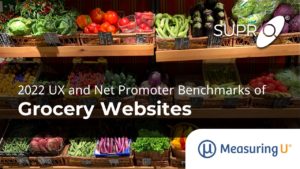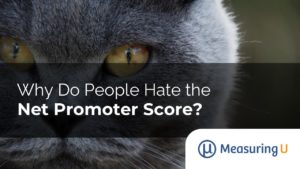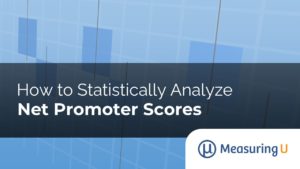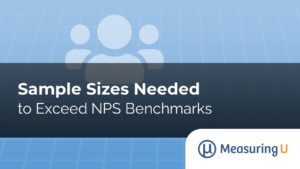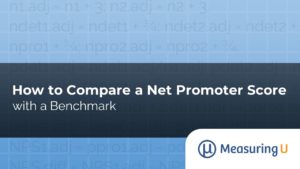
UX and NPS Benchmarks of Real Estate Websites (2022)
Of the many industries impacted by the pandemic, residential real estate is certainly among the top few, along with short-term rentals, online meal/grocery delivery, hotels, and airline travel. Real estate websites offer a nearly real-time inventory of available properties for sale and rent. The popularity of these sites surged as waves of people sought to

